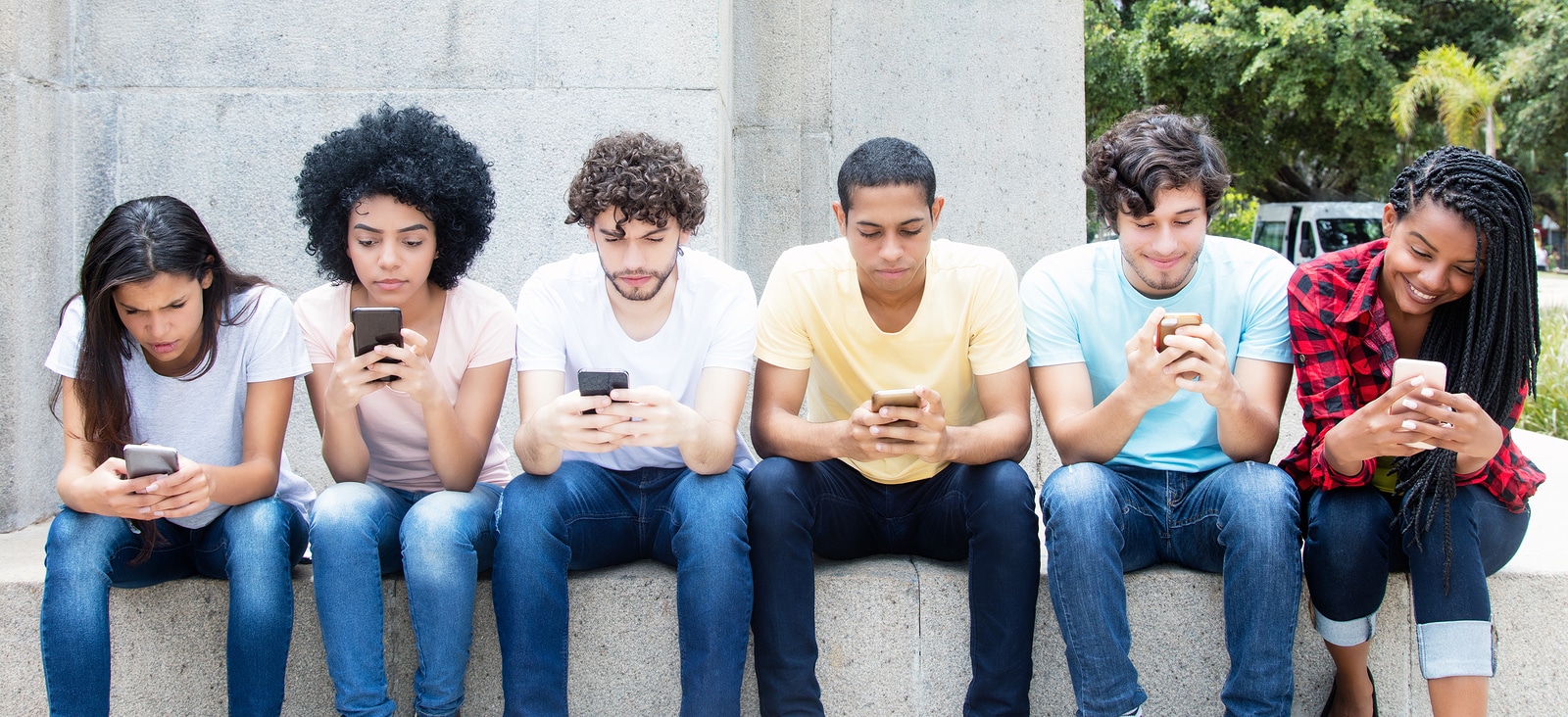Fast food advertising is competitive, and not just for converting customers: Given the sea of competition, it can be a challenge just to get your advertisement viewed by consumers in the first place. Nearly $1.5 billion was invested in fast food advertising in 2016, and that number is steadily growing. Many marketers in the industry are seeking ways to stand out among the noise. One of the ways they’re doing this is through app-based fast food advertising.
 App-based advertising offers some advantages that other advertising methods don’t. This is especially true in the fast food industry, where a QSR (quick service restaurant) might have only seconds to grab a customer’s attention.
App-based advertising offers some advantages that other advertising methods don’t. This is especially true in the fast food industry, where a QSR (quick service restaurant) might have only seconds to grab a customer’s attention.
Increasing Customer Control With App-Based Fast Food Advertising
One unique QSR concept was a brand called Eatsa. The restaurant was almost fully automated, and some believed that would change the QSR customer experience. While Eatsa grew a bit too quickly and outpaced demand, there are still some valuable things we can learn from it.
Customers at Eatsa ordered and paid via an iPad. Their order transferred to a kitchen staff who prepared the food and placed it in a glass cubicle for pickup. Throughout the entire process, the customer had no interaction with any employee. This unique concept was a bit much for the public at the time; however, it did incorporate one major theme of the future of QSRs: increasing customer control through technology.
App-based advertising follows this customer empowerment theme as consumers have more control over when they’re exposed to advertisements, what advertisements they watch, and where they watch them. Because consumers must grant the apps permission to reach out to them, they are in the driver’s seat. It’s also more likely consumers will then perceive an ad as something they’ve chosen to view, rather than as a disruption. These “opt-ins” are very important to QSR mobile marketing strategies because they create a connection with an engaged customer.
Using Gamification to Garner Opt-Ins and Improve Customer Engagement
To take the consumer connection one step further, consider gamifying your app-based advertising. Gamification is a way of taking a non-game and giving it a game-like feel; it’s also become a huge component of mobile apps. Blimpie’s Blimpie Run campaign is a great demonstration of one successful application in QSR.
The QSR’s goal was to increase adoption of its customer loyalty program. They set up a game app that allowed users to navigate a Blimpie’s-based world as the character Del E. Fresh. When downloading the app, users were asked, but not required, to opt-in to the Blimpie eClub, which they did in impressive numbers. The company saw a 38% opt-in rate, far exceeding the 2 to 10% opt-in rate of previous campaigns.
An app doesn’t have to be entirely game-based, but basic gamification components can have a large impact.
- Motivation: Users are seeking out rewards, whether it be money, recognition, or just a feeling of personal accomplishment. In an app, the motivation might be a desire for deals or rewards program points that are exclusive to users of the app.
- Mastery: This is the challenge part of the game. Contrary to popular belief, consumers don’t want something for nothing. They want to feel as though they’ve earned something through a challenge. A good example of this is the Shopkick shopping rewards app. In Shopkick, users are rewarded for finding, scanning, and purchasing certain items with points—called kicks—which can later be exchanged for gift cards.
- Triggers: The trigger is the event that creates the positive effect, which causes the user to associate the event with a positive experience. With an app, a user’s smartphone may ding or buzz to notify them that they’re near an opportunity to earn rewards. This notification sound will trigger a positive feeling in them which drives them to begin using the app.
If conversion is the main goal in using mobile apps for your fast food advertising campaign, then gamification will give you the strongest ROI. Games resonate with consumers, get them to engage with your brand, and create a positive connection which ultimately boosts sales.
Using Mobile Apps to Time Fast Food Advertising
The thing that has the highest conversion potential in fast food advertising is reaching your consumer at the right time. For example, someone seeing a commercial about an all-you-can-eat rib deal at a local eatery at 10 a.m. probably isn’t going to be interested. However, if they see that same deal as a takeout special announced on an app on their way home from work, then that has conversion potential.
That’s because the message reaches those consumers at the moment when they’re in the kind of mindset to visit a QSR. Receiving a notification via the app can help lead them to timely purchase. This is something that’s unique to mobile apps. No other medium allows you to reach your consumer at the very moment when they traveling near one of your locations—during a time when they’re likely in a buying mindset—with such incredible precision and thus offer such a high potential for conversion.
No other medium allows you to reach your consumer at the very moment when they traveling near one of your locations—during a time when they’re likely in a buying mindset—with such incredible precision.
Mobile apps allow you to reach out to traveling consumers, enable you to engage consumers through gamification, and empower consumers to choose the advertising they view. All of these aspects of app-based fast food advertising, executed effectively, combine to deliver an increased ROI.
If you’re considering a mobile app to pull more customers into your restaurants, consider Shopkick’s rewards-based platform. We partner with a wide range of QSRs to incentivize consumers and reach out to them when they’re likely to make a purchase. For more information, contact us.
Image courtesy fizkes



 “Wouldn’t it be fun,” my friend said, “if we could do our shopping that way, too? If we could just turn it into a little game?” I told her that yes it would and that in fact, with some of the new game-like shopping apps for Android, we could make our trips to the store into games!
“Wouldn’t it be fun,” my friend said, “if we could do our shopping that way, too? If we could just turn it into a little game?” I told her that yes it would and that in fact, with some of the new game-like shopping apps for Android, we could make our trips to the store into games!